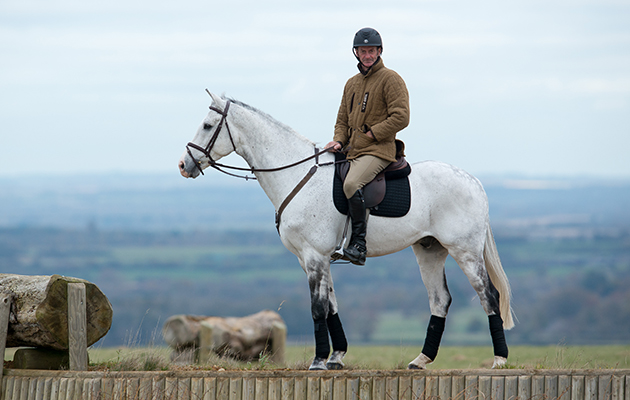Some of Mark Phillips’ comments in his last column strike a chord. The FEI has been pro-active in encouraging individual federations and interested parties to get involved in shaping the future of eventing, yet appears to have taken no notice of anything they have said. All the efforts made seem to have been a total waste of everyone’s time. If the FEI is not prepared to listen to its stakeholders, we have to ask, does it really have the best interests of the sport at heart?
One aspect I don’t agree with is the proposal of five star-levels of eventing — with a new, 1.05m level as one-star, and the current four-stars such as Badminton and Burghley as “Classics” above the four-star level. Yes, this would indeed bring eventing into line with dressage and showjumping, which have five-star competitions — but our sport is not theirs; we are our own sport.
Obviously the FEI is aware that, worldwide the largest number of eventing’s competitors are at a lower level and this new initiative seems to me just another way of revenue collecting. Take, for example, Brazil, where I have spent quite a bit of time. Event organisers there already find it difficult to host international events because of the associated costs, such as officials and levies. These extra costs could put them off running events and hamper development of the sport in those countries.
And will it make it even more expensive for competitors? Most riding at this level are amateurs, who have no desire to go beyond the current one-star. At the moment you don’t have to buy an FEI passport to compete your horse at one-star in your own country, but you do at two-star. If that one-star becomes the second level up, and therefore two-star, will you have to incur the extra expense of an FEI passport?
True distances
I started my season at Aldon recently. The organisers have turned the course around, and added a lot of new fences — the terrain is much easier running this way round, and it was a good track.
One thing that has caused comment — and not just at Aldon — is that some of the distances in combination fences are really not clear. At the start of the season, and at lower-level events, tricky distances are not needed.
I’m slightly concerned that I may not have a horse for the first Event Riders’ Masters at Chatsworth, as I have Leonidas II and NZB Campino going to Kentucky and Badminton, and Chatsworth’s terrain won’t suit NZB Land Vision. But if one of the younger ones, OBOS Columbus, goes well at Belton he may well have a shot at Chatsworth.
The entries juggle
I’d like to thank the professional entries secretaries — they do an amazing job. It can be difficult in the spring for riders with multiple horses to get entries right, as you have to juggle ground considerations, cancellations, which horse needs to run before a big event and the inevitable injuries that crop up. Secretaries are obliging and accommodating at swapping horses between events or classes. It really does make our job a little easier.
Keeping them close
The majority of the Brazilian horses in contention for their team for the Olympics arrive in England this week to prepare. Many of them are just five miles down the road from me at Sally Johnson’s yard, which has great facilities. Having them so close makes keeping an eye on them a lot easier!
Ref: Horse & Hound; 31 March 2016

